Toothy Mushrooms, Frozen Trails, and a Critically Endangered Find
A recap of last weeks fungi finds along the Honeydew, Loop, and Peninsula Track at Kerr Bay, St. Arnaud.
Ice has carpeted the forest floor. At night, I walk from my tent to the toilets and my head torch hits the ground, creating a sparkling, disorienting glitter. I look up and can see the Milky Way. I think about how tomorrow the mushrooms must be cryogenically frozen. Preserved.
This is the third time I’ve revisited the Kerr Bay campground, each time getting a bit chillier. I walk the same trails: Honeydew, Lakehead, and the Peninsula to see what new growth I can find.
One of the best (so far) is the toothy Hydnum mcnabbianum.
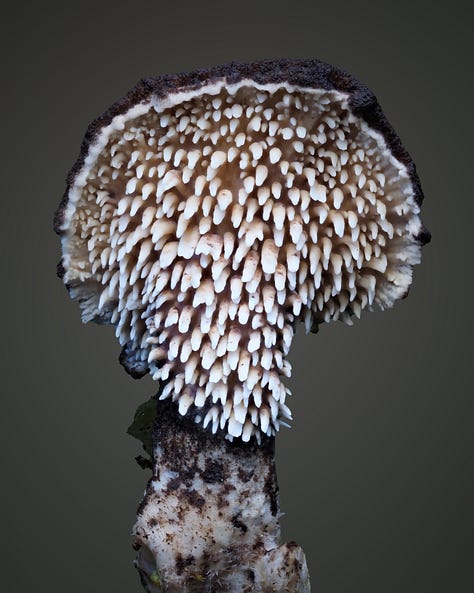
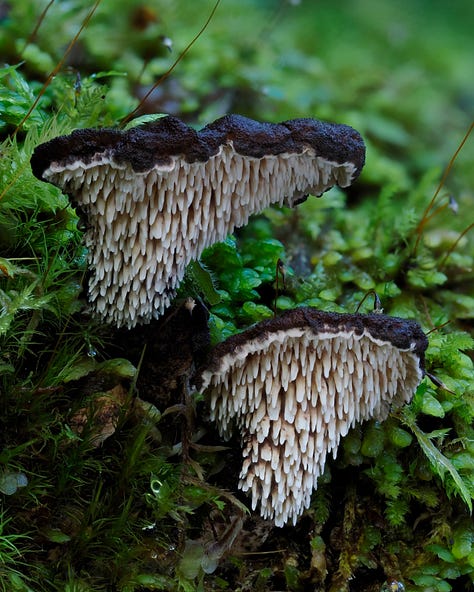
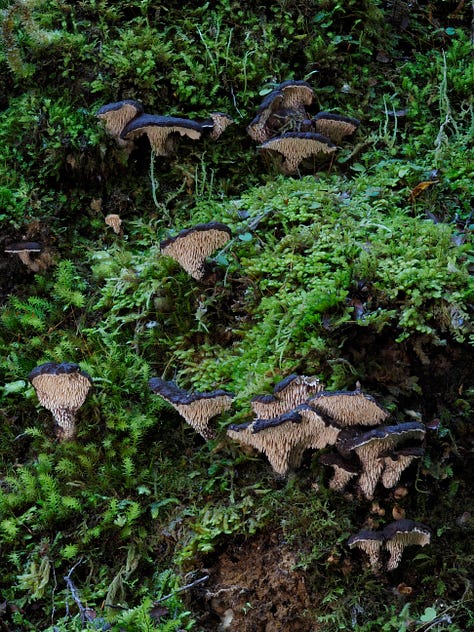
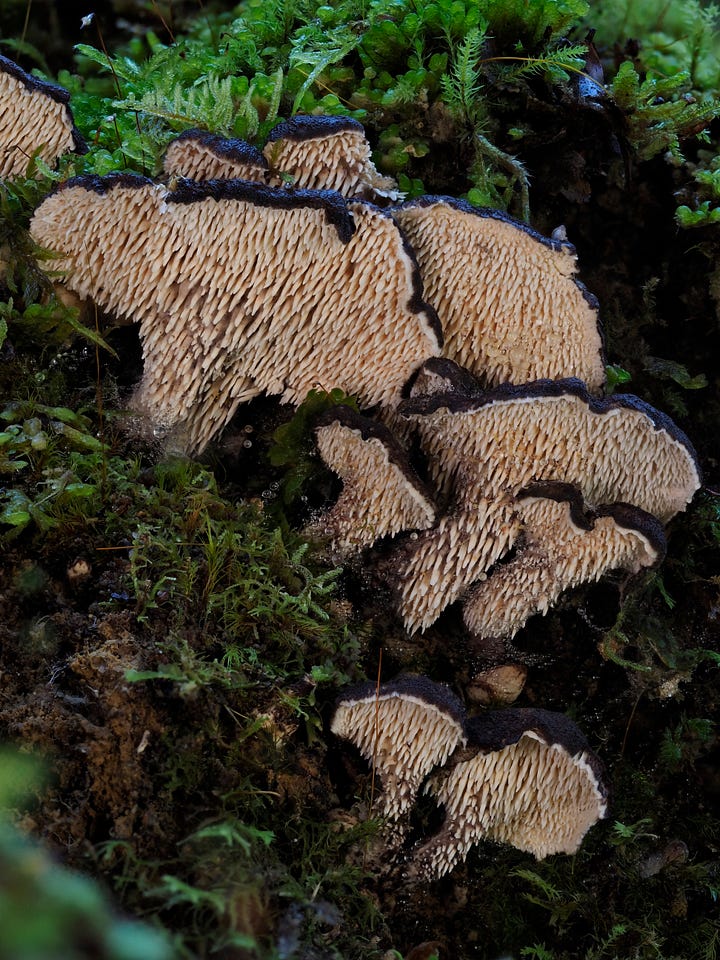
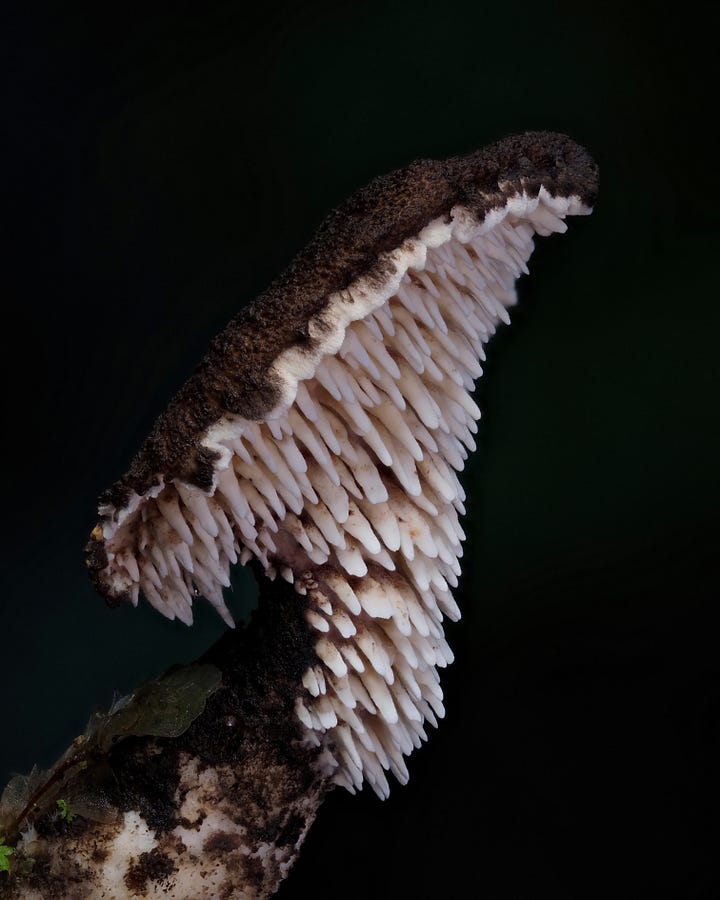
I had initially thought they were Hydnellum, and specific to the Nelson Lakes region. I am used to seeing this species display a more brick-red/ochre cap from the Fiordlands.
Just past the mini-waterfall and bridge along the side of the track, I see rows of teeth. Stalactites suspended underneath fleshy caps that appeared dark brown, almost a gray-blue.
Later, I’d walk to the opposite side of Lake Rotoiti to meander along the Peninsular Track. I stopped by my old log, which still has the rare Cheimonophyllum roseum.
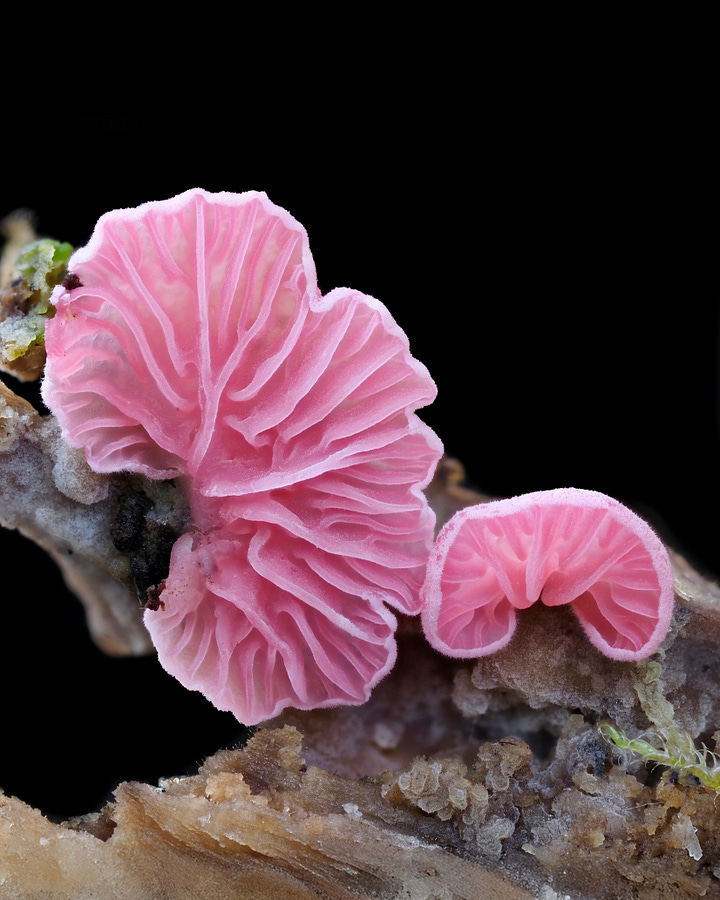
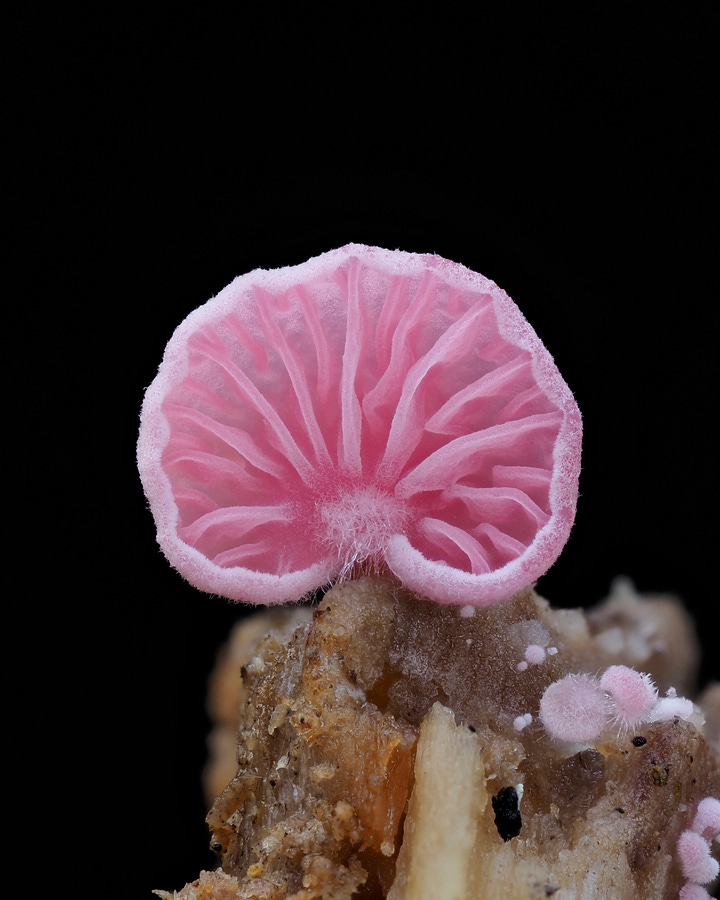
I spot the unmistakable Mauve Splitting Waxcap - Porpolomopsis lewelliniae. An older, more mature one, and a young one just starting to emerge.
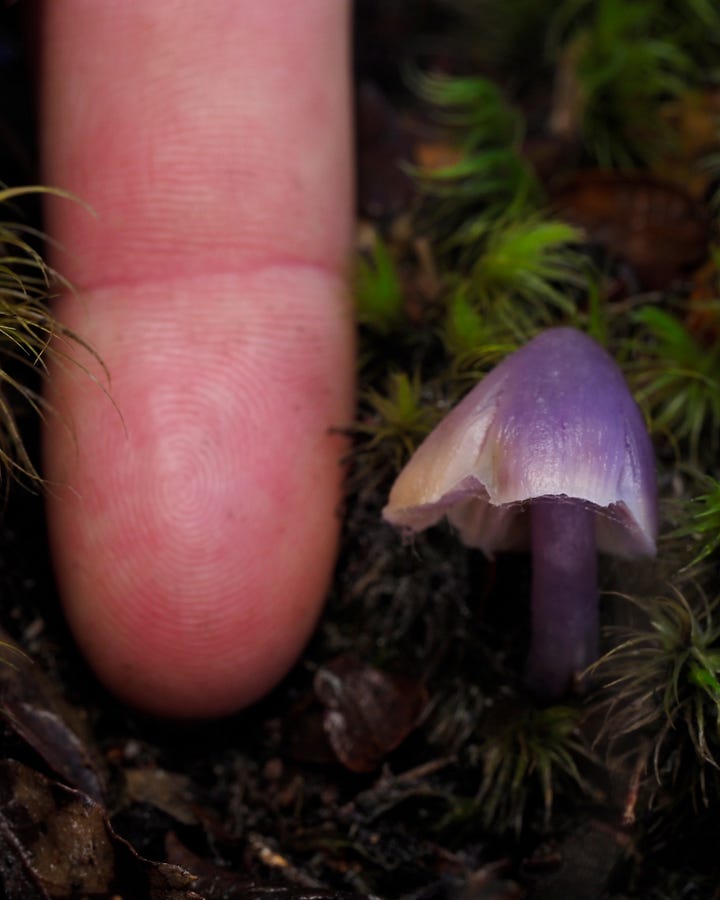
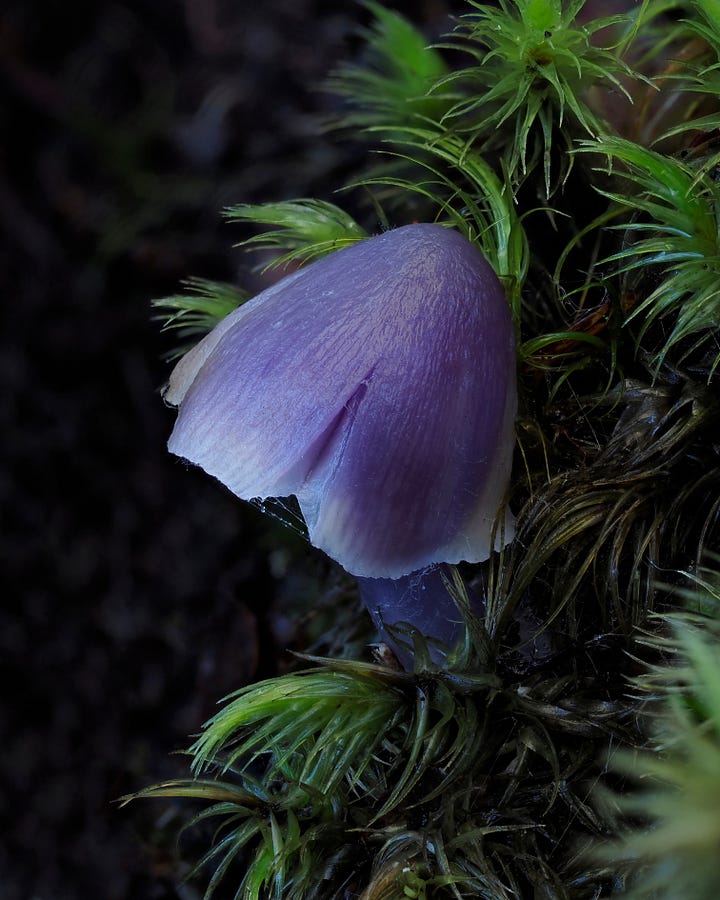
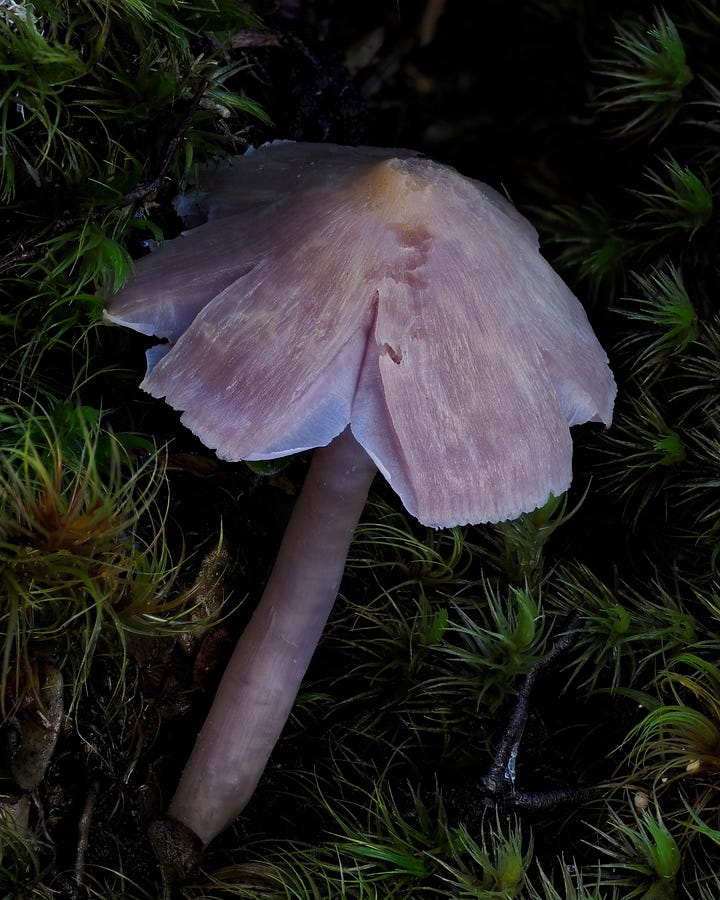
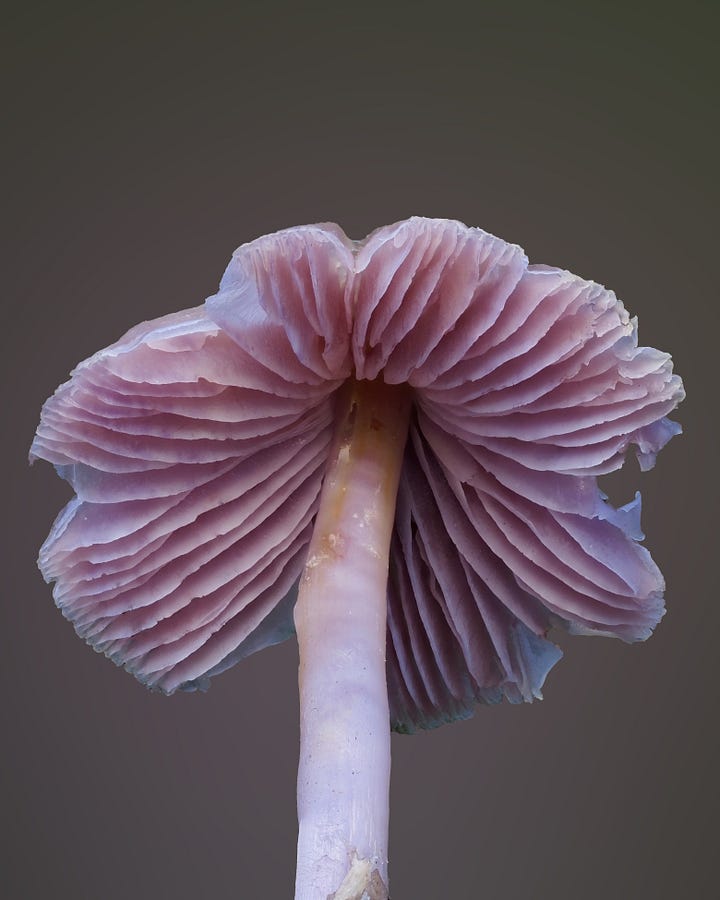
I’ve also spotted this species before in Stewart Island, as well as at the base of Mount Kinabalu, in Sabah, Borneo.
A few days later, I revisited the spot to show my friend Kim, a fellow mycophile who came all the way down from Motueka. This time, the smaller Mauve Splitting Waxcap had been covered in a mycoparasite (unsure if Spinellus sp.). This made me wonder if my touching of the cap before had anything to do with it.
I’ve become pickier with what I photograph. The smaller, the better.
I have seen these Calyptella sp. before growing on moss at Mt. Creighton, so I decided to pull out the ol’ Raynox to try shooting a close-up of these tiny white cups.
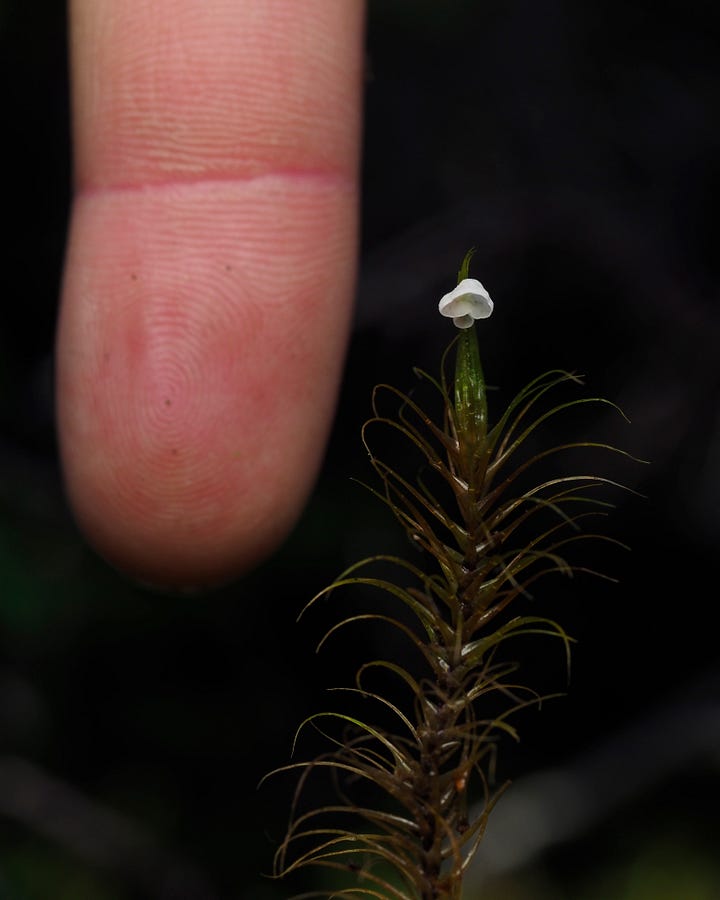
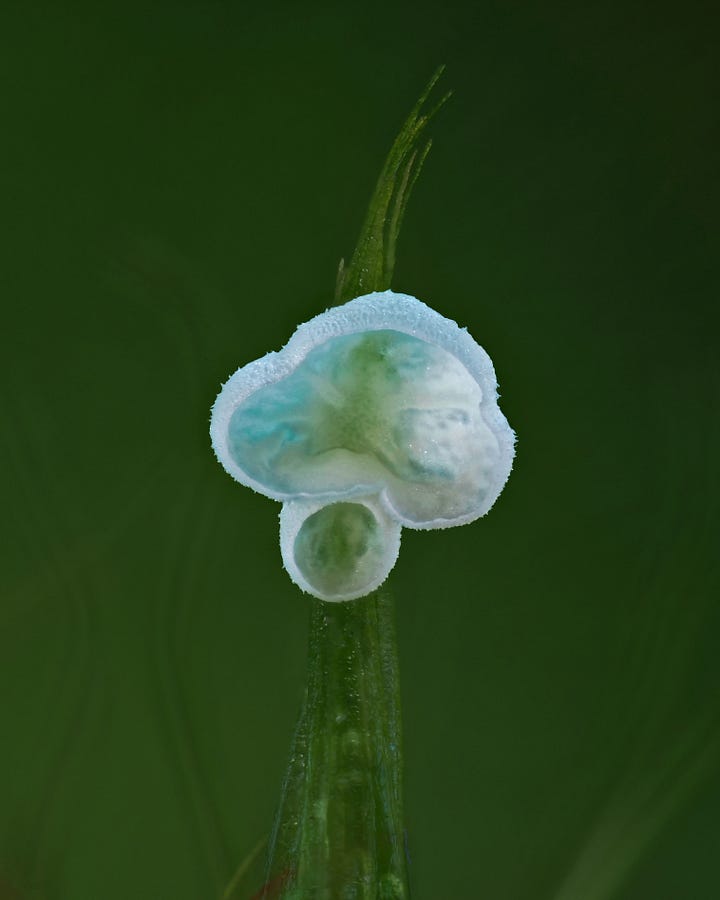
Coming down from the Gibb’s Track that connects to the Honeydew, I meet a couple with their small children. I get to chatting and describing some of the mushrooms I’ve spotted over the week, claiming how the pickings are slim compared to last month.
Just as I mention this, I spot a couple of Amanita sp. Excited, I let them know these are the find of the day. I reckon I would’ve easily missed these as they were hidden at the base of a beech tree, so thanks to them for making me pause and spot these!
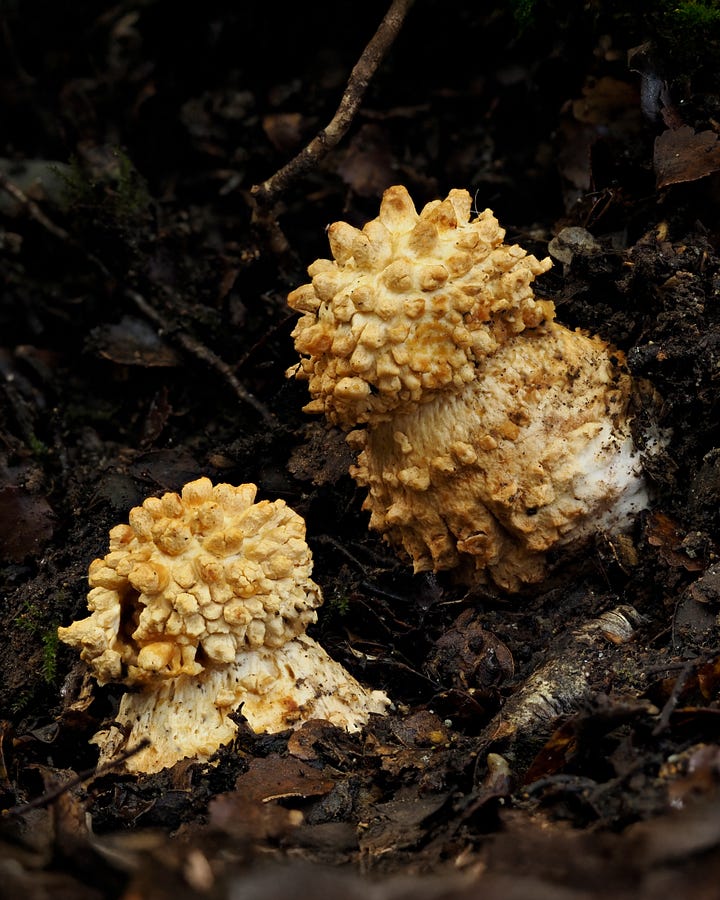
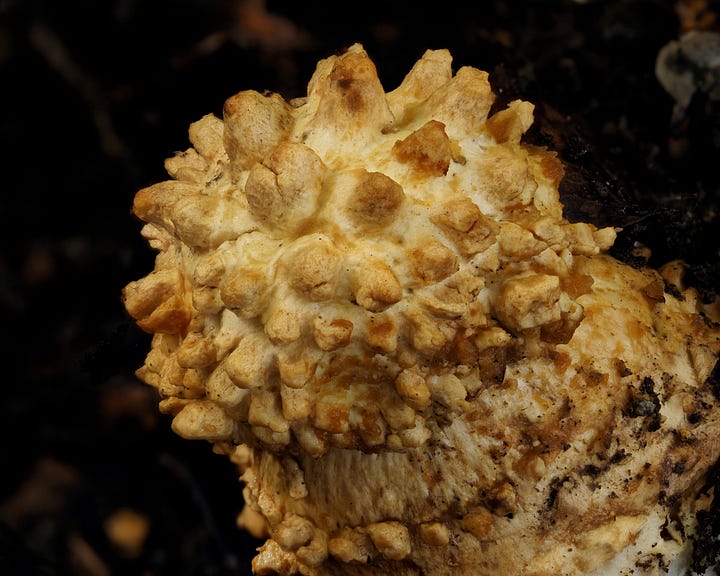
Menacing-looking, serrated gill edges of some Lentinellus sp. that remind me of steak knives.
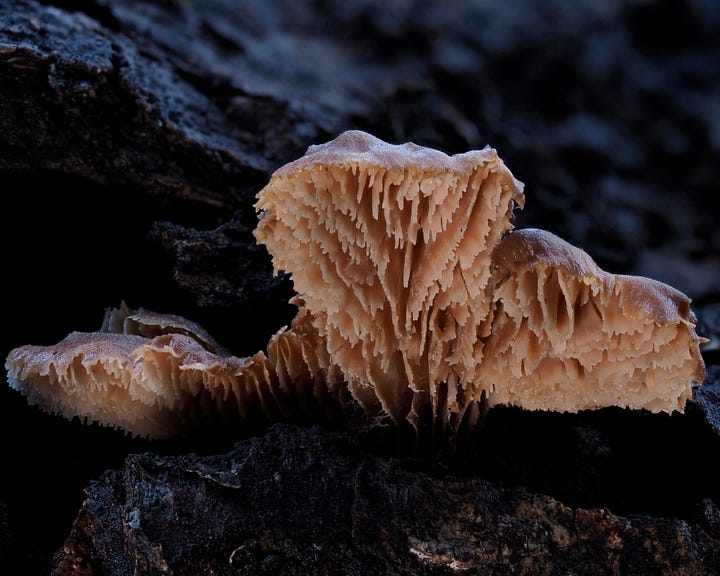
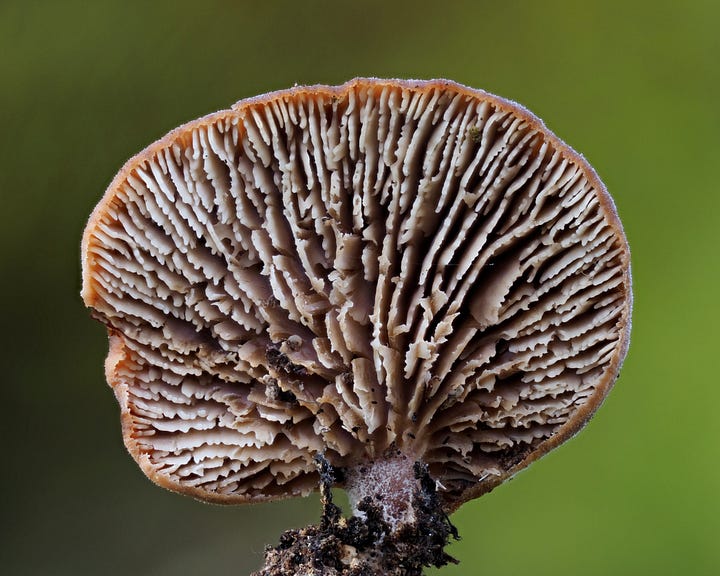
Mauve coral fungi grow from the side of the track. Something about St. Arnaud and the abundance of purple species.
I’d run into an older couple, and they mentioned to me that they knew me as the “moa poop man,” given that the month before, I’d met their mutual friends who told them about me and my mushroom hunting and explanation of mimicry in nature and how Gallacea scleroderma were once believed to be the extinct moa’s food.
While poking around the Honeydew with Kim, we came upon a branch covered in Panellus stipticus. I was excited to find these, given their common name is “Luminescent Panellus” and in N. America, they are known to glow in the dark.
Unfortunately, these did not glow, and I don’t think they glow in this region as they’ve lost their bioluminescent gene.
Kim spotted a lone Jelly Baby, and I was excited to see these again. The last time I’d laid eyes on this species was at Ulu Bendul and Sungai Tua in Malaysia.
Keeping with the jelly theme, plenty of dark purple/maroon Ascocoryne sp. were found growing from rotting logs.
Many Psathyrella echinata of all growth stages were spotted, with the younger ones still having a spiky appearance on the cap that would smooth out and darken with age.
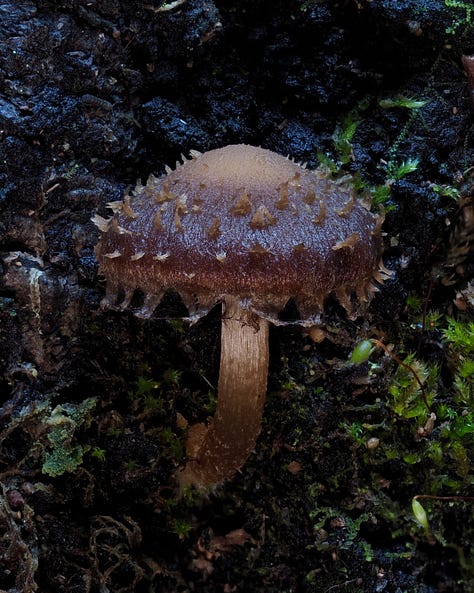
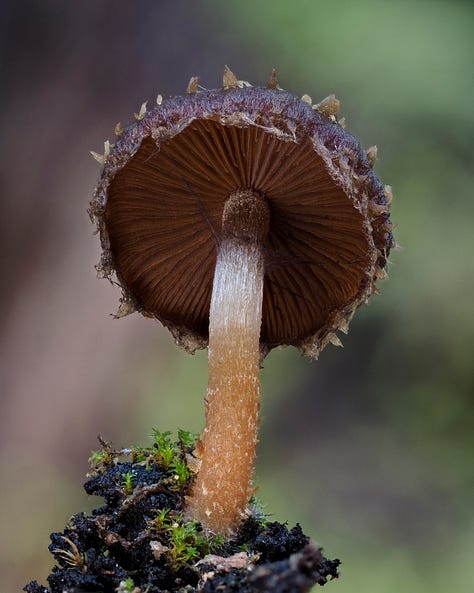
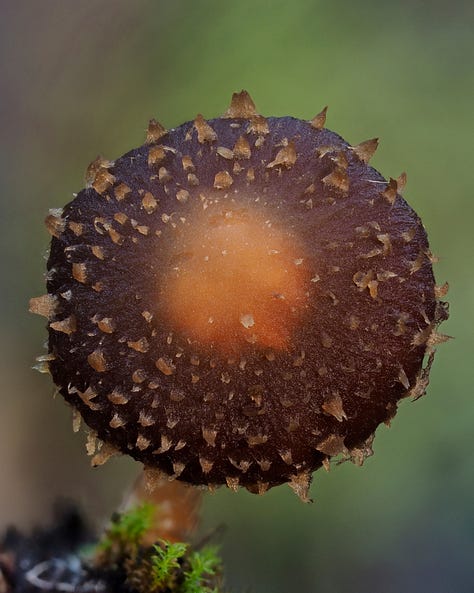
Saving the best for last. I took one last look around the Loop Track and noticed an oddly familiar sight. A strange growth on a tea tree branch that reminded me of NPR’s article featuring Taylor Lockwood’s rare discovery of Hypocreopsis rhododendri.
Red empty battery warning flashing on my camera’s LED screen (so irresponsible of me), I was able to get a shot of an extremely rare IUCN Red List critically endangered Hypocreopsis amplectens, also known as “Tea-tree Fingers.”
The species is estimated to exist at no more than seven total sites worldwide (fewer than ~44 mature individuals have been documented globally), despite very high survey effort, with little success in finding new locations.
It is only the third known observation in New Zealand and marks a new site in the country.



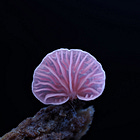
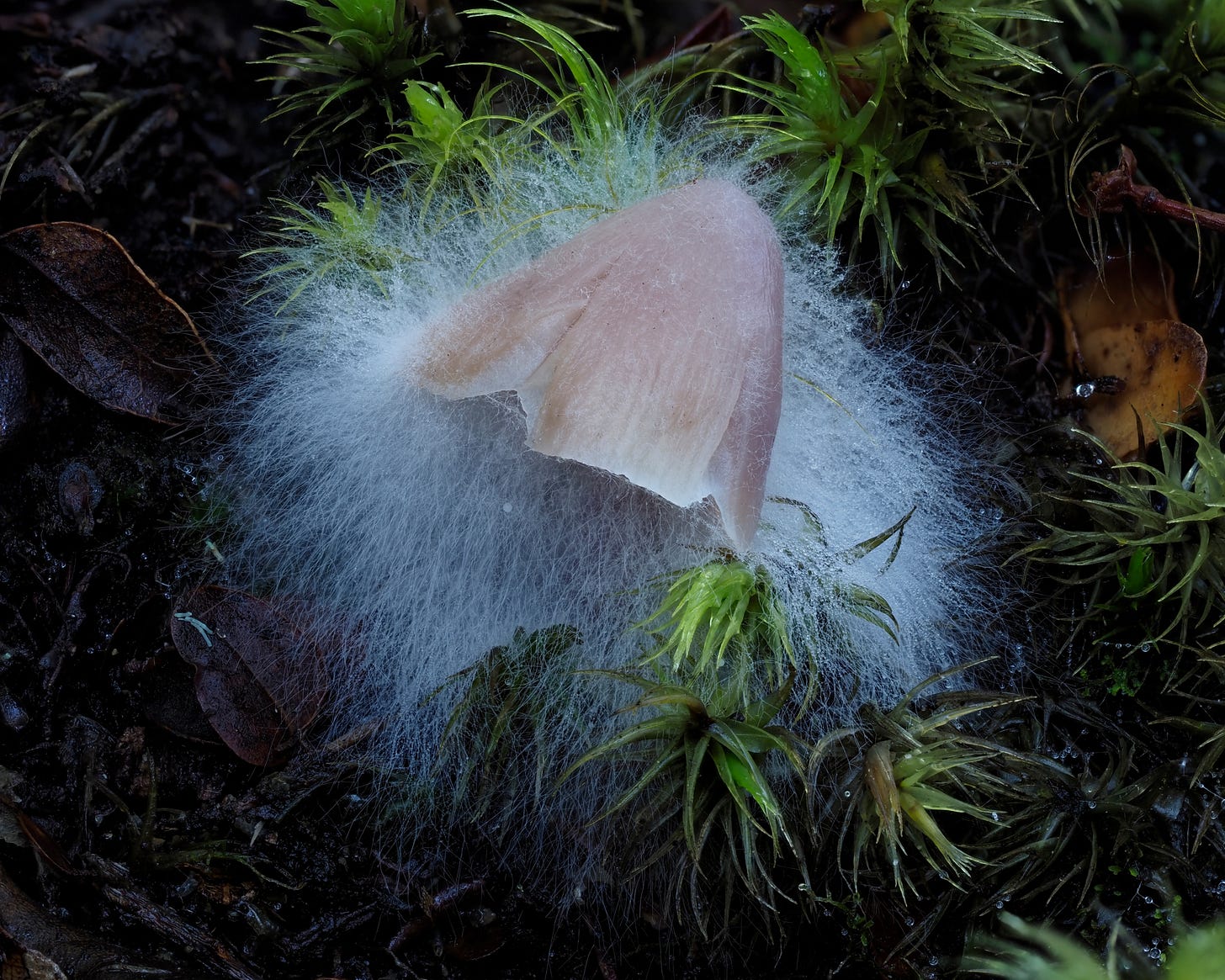
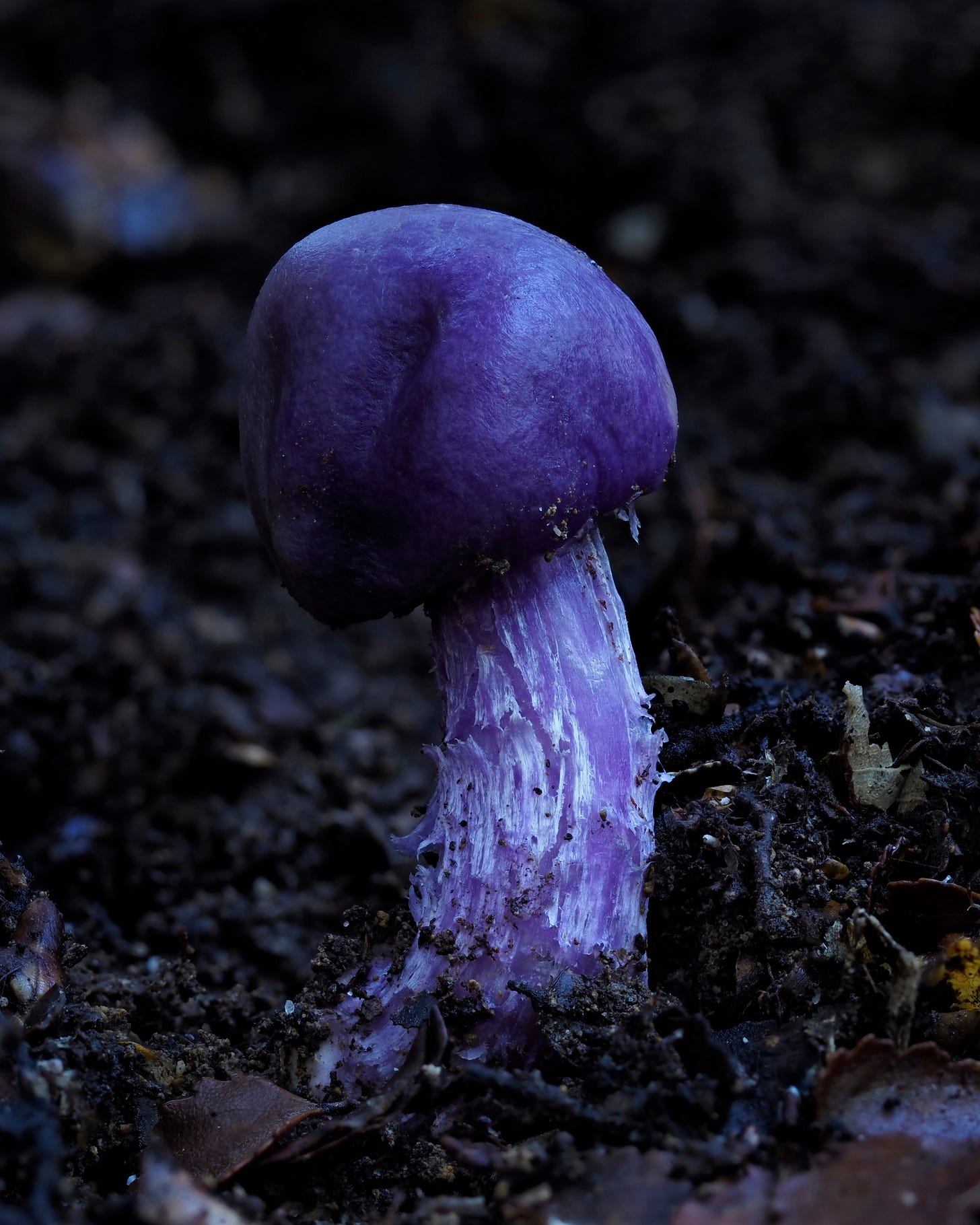
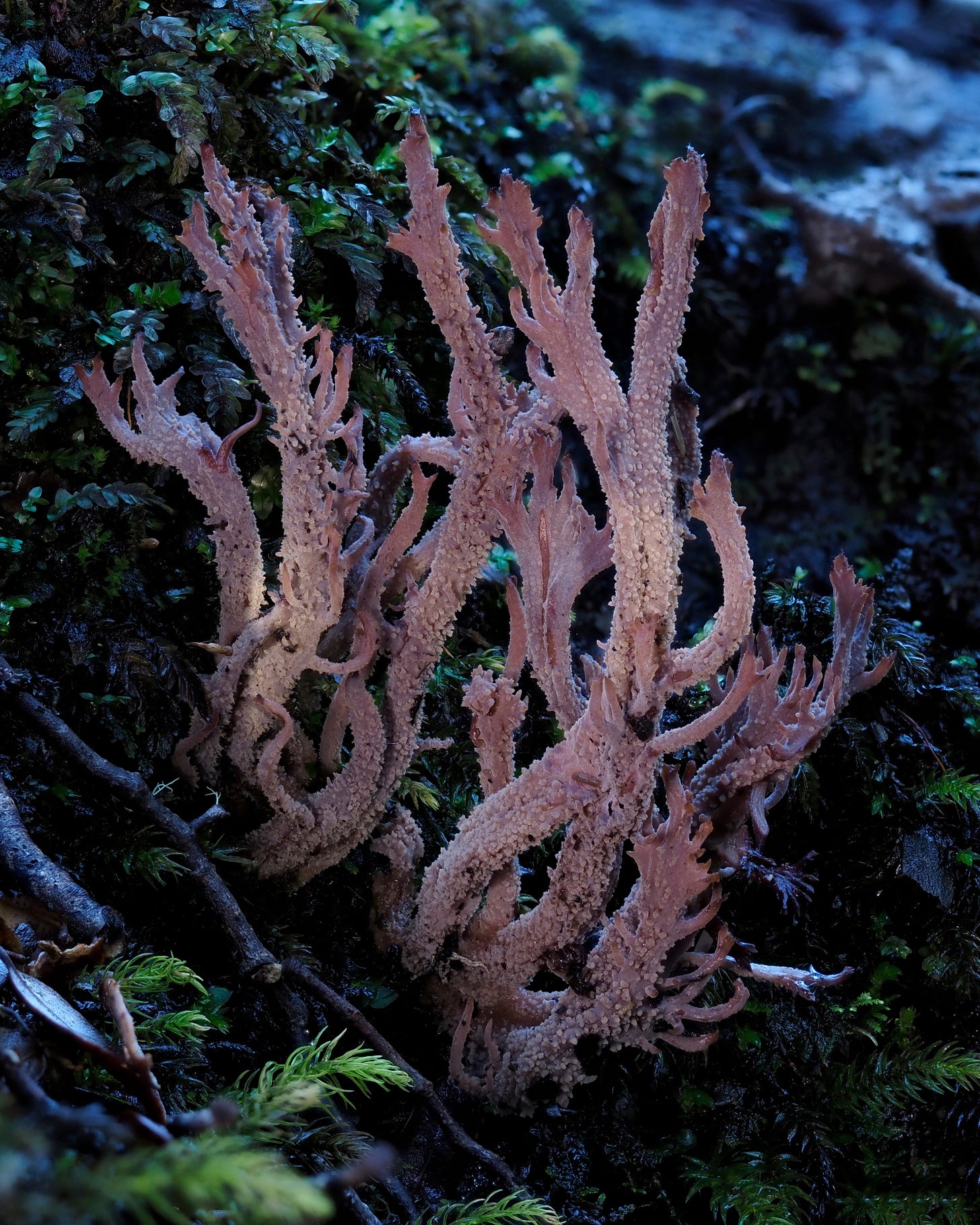
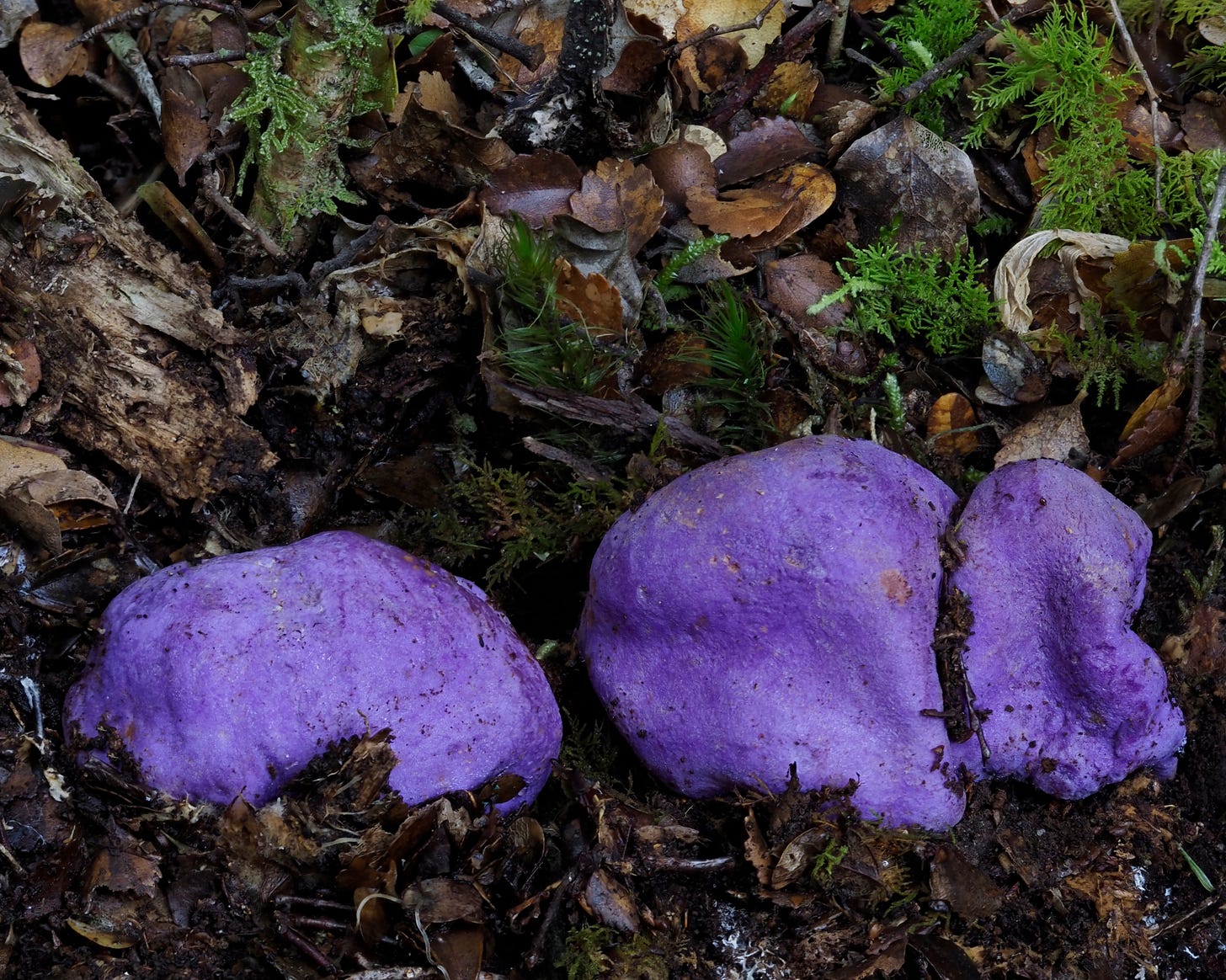

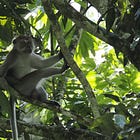
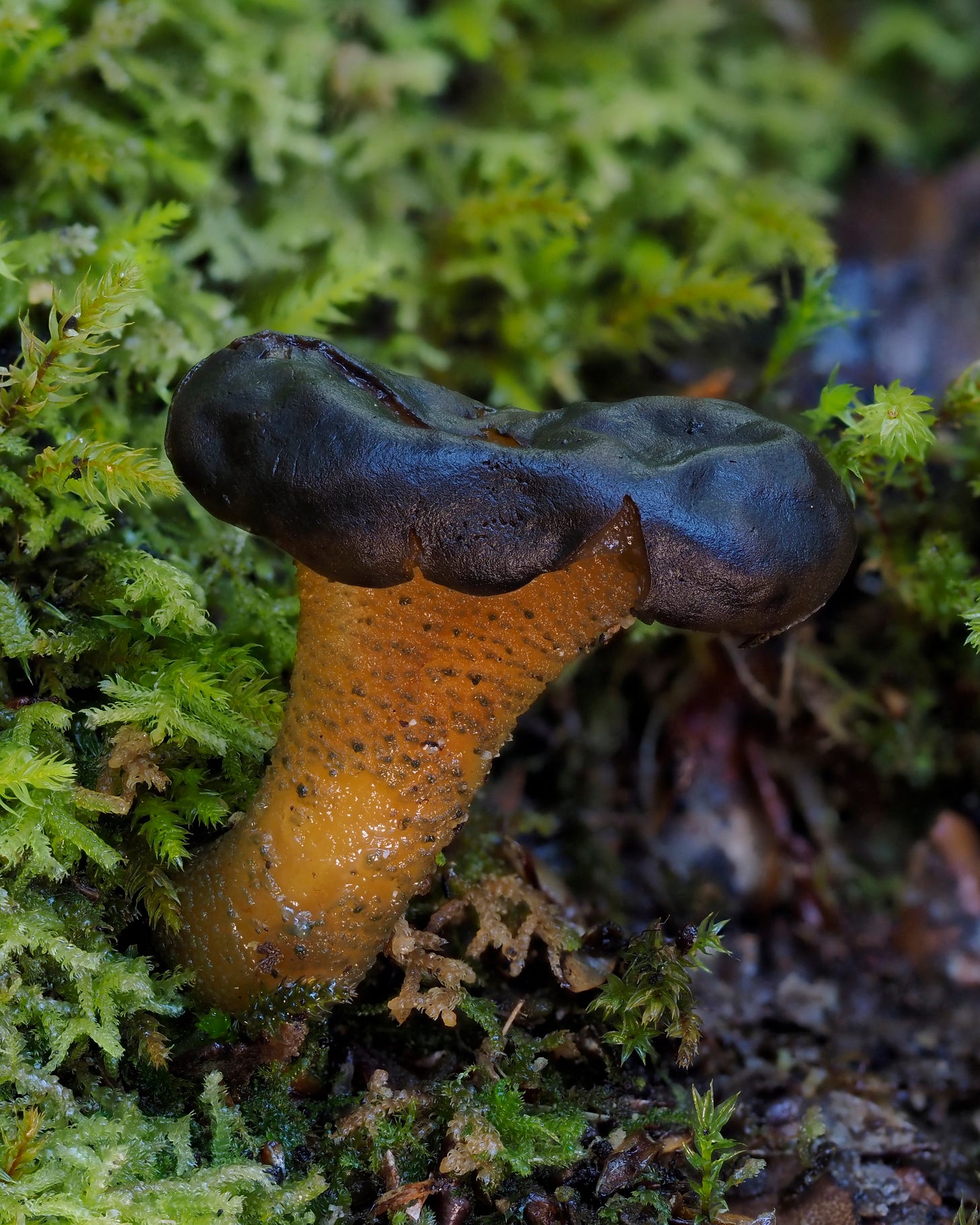
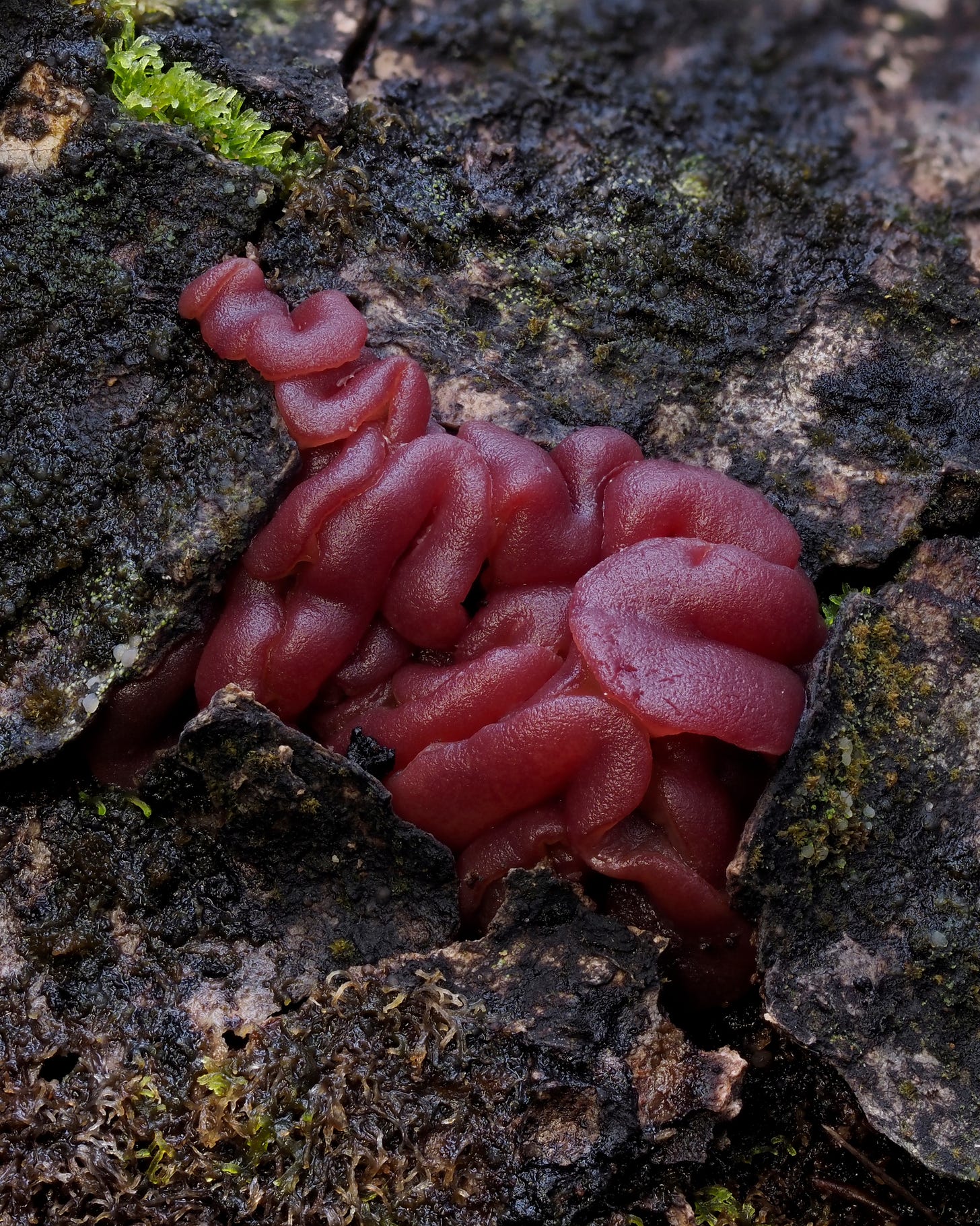
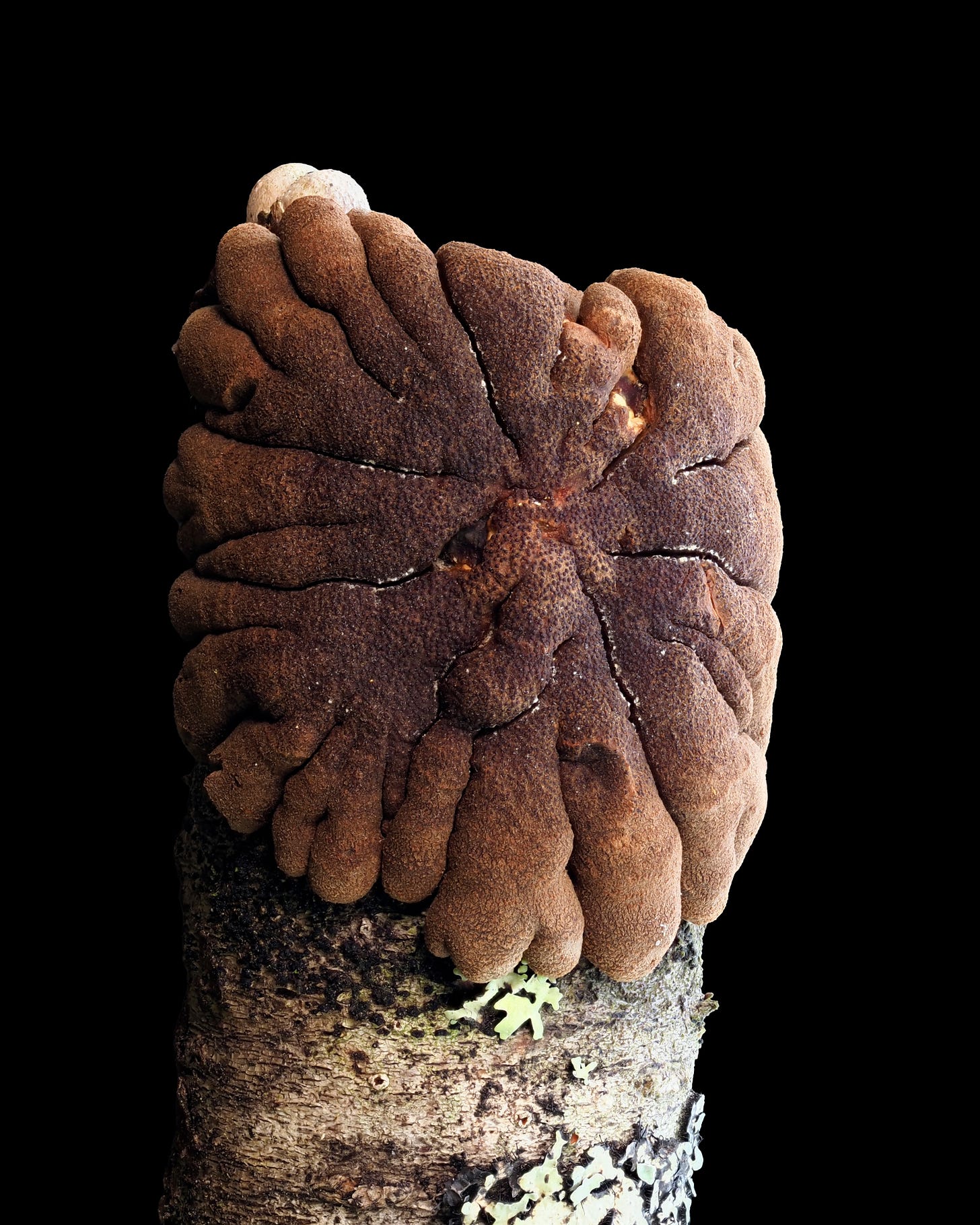
Congratulations. Great finds and shots.
Superb collection - world class.